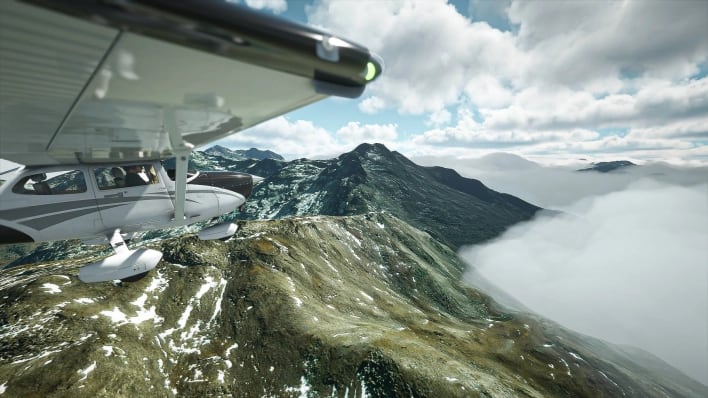Microsoft Flight Simulator Makes Leap To SteamVR Headsets For Total Cockpit Immersion

Today, ASOBO, the developer behind Microsoft Flight Simulator, is cranking things up another notch with a new update. The update brings official, public support for SteamVR headsets to Microsoft Flight Simulator. The update is free to everyone that already owns the game and supports all OpenXR-compatible headsets on the PC (i.e Oculus Rift S, Hewlett-Packard Reverb G2, Valve Index, etc.).
The first closed beta for VR launched back in October, and progress on the beta has pushed ahead at a rapid enough clip to allow for a full release prior to Christmas, so we must commend the dev team. Based on the what was announced during the initial beta phase, these are the minimum hardware requirements to get the game running with a supported VR headset:
- OS: Windows 10 (November 2019 Update – 1909)
- DirectX: DirectX 11
- CPU: Intel Core i5-4460 or AMD Ryzen 3 1200
- GPU: NVIDIA GeForce GTX 1080 or equivalent
- VRAM: 8 GB
- RAM: 16 GB
- HDD: 150 GB
- Bandwidth: 5 Mbps

Although we haven't yet tried Microsoft Flight Simulator out in VR, we can only imagine how insane the experience must be when flying through clouds, or attempting to land in treacherous weather conditions. For those that have already tried Microsoft Flight Similar in VR during the beta, be sure to hit up the comments section below to give us your thoughts.
In other Microsoft Flight Simulator news, it was announced earlier this month that the game will be coming to the Xbox Series S and Xbox Series X in Summer 2021.

